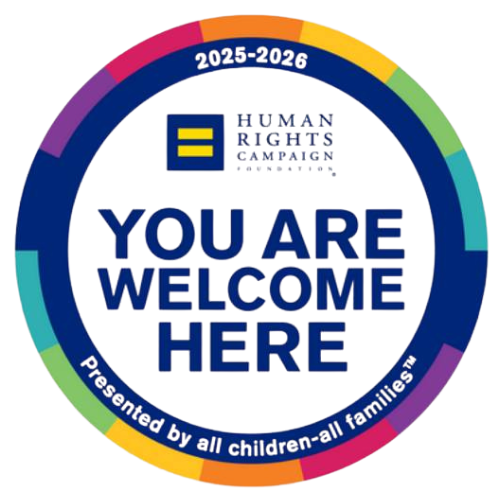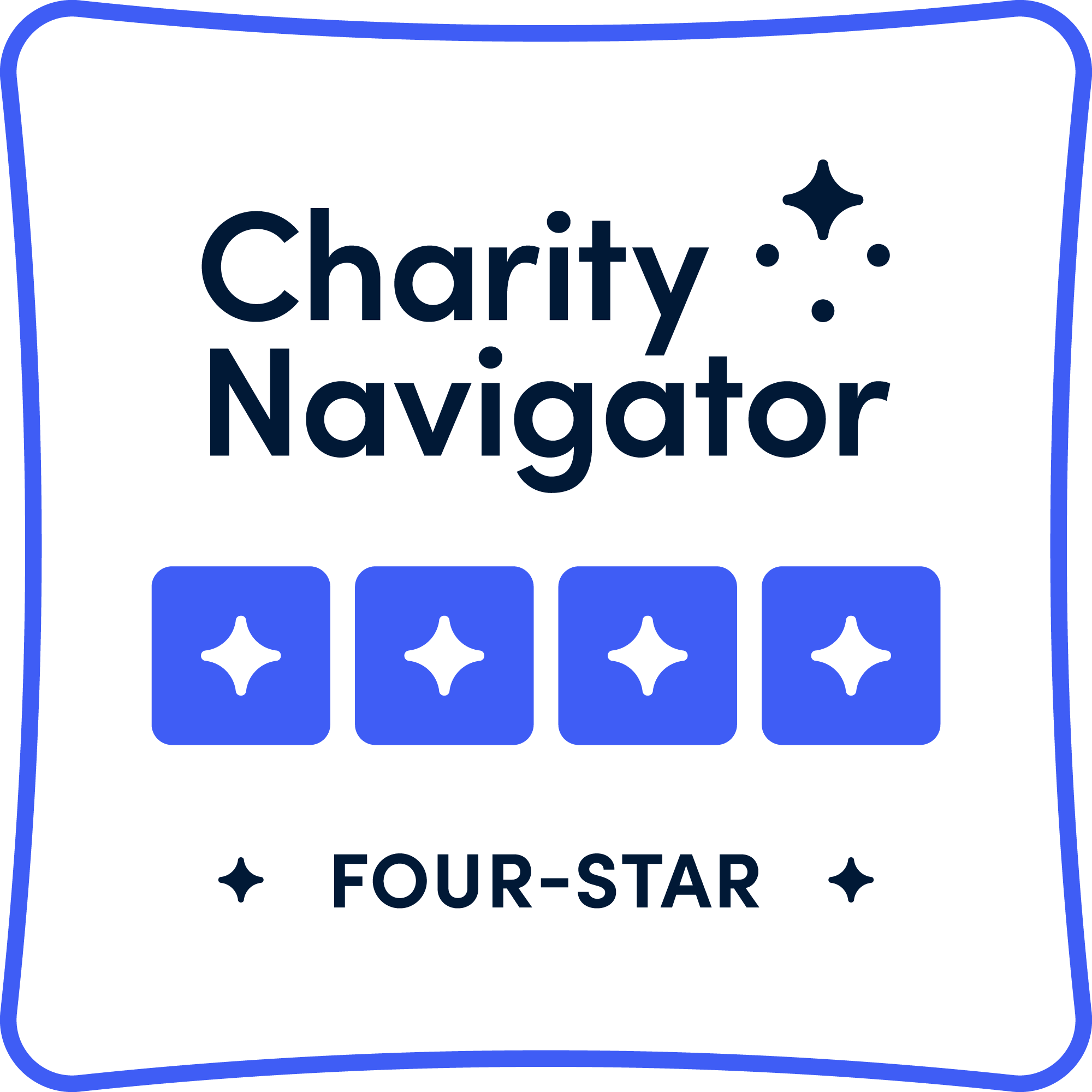Milwaukee's Lead Crisis:
The Overlooked Danger to Foster and Kinship Children
Lead-based paint was banned for residential use in the United States in 1978 when research revealed the devastating effects of lead exposure for children. Yet almost 50 years later, kids continue to experience lead poisoning.
What many may believe is an outdated problem has been the focus of recent Wisconsin news stories that highlight the dangerous health consequences of lead exposure in school and at home.
It is essential for young children to be regularly tested to check the levels of lead in their blood and address any unsafe presence of lead. Each state determines their own guidelines for the level of lead that poses a health concern. In January 2025, Wisconsin adopted the national recommendation of 3.5 micrograms per deciliter (µg/dL) set by the Centers for Disease Control and Prevention (CDC). Previously, Wisconsin’s reference value for lead screenings was 5 µg/dL.
Understanding the Impact of Lead on Children
In Milwaukee, lead poisoning can be linked to two main causes: the use of lead-based paint in buildings constructed before 1978 and the use of lead-lined water laterals (also known as service lines) that bring water into our homes. For this reason, many authorities say that lead poisoning is typically a housing-based disease.
This disease affects everyone, but it can be especially devastating to children under the age of 6 because their growing bodies can absorb lead more quickly. Lead poisoning can result in:
- Reduced IQ and attention span
- Learning disabilities
- Developmental delays
- A range of other health and behavioral effects
Lead causes injury to the brain and other body systems that can last a lifetime—and across generations. Fortunately, lead poisoning is 100% preventable, and families who are educated can take steps to entirely eliminate lead exposure for their children.
This article focuses mainly on exposure to lead via drinking water. Learn about:
- The extent of the lead lateral problem in southeastern Wisconsin
- Key populations, particularly foster and kinship children who live in homes with confirmed lead laterals
- Action steps to help foster and kinship families stay safe from lead exposure in water at home
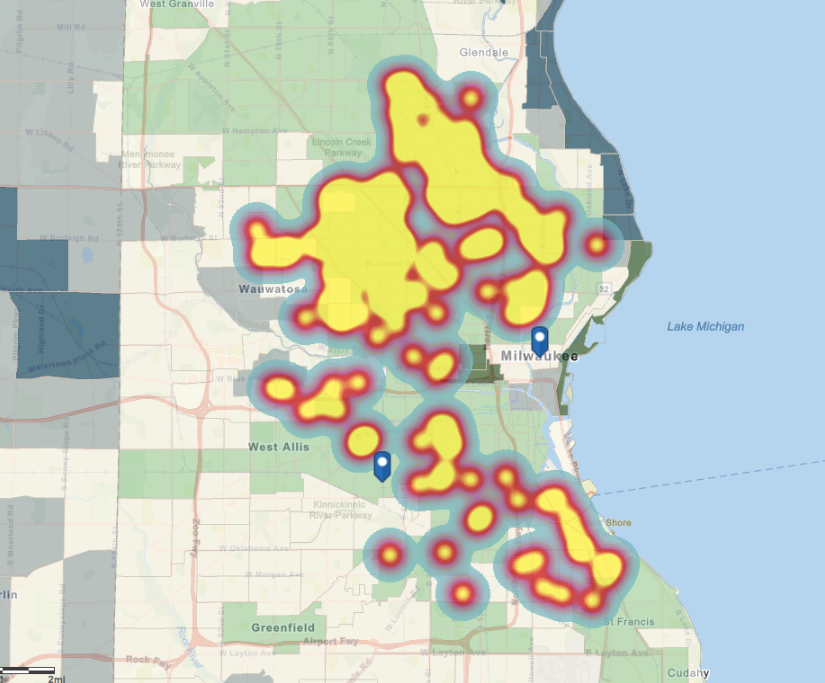
Examining the Numbers
While lead-related disease is an individual experience, it is also important to see lead exposure from population and community perspectives.
According to the most recent data available from the Wisconsin Department of Health Services (DHS), 3.2% of children who were tested for lead in Wisconsin in 2023 had a blood level greater than or equal to 5 µg/dL, which requires intervention. Reviewing the same data using 2025’s guidelines of 3.5 µg/dL, DHS discovered that the percentage of lead-poisoned children increased to 6.3%. While this number may still seem small, it means that thousands more children have been identified as being at risk of experiencing serious brain damage—damage that is entirely preventable.
With the guidelines only being updated this year, it is clear that the number of children affected by lead has long been underestimated. Furthermore, the estimates are still off due to the vast reduction in testing since 2019.
The graph on the left illustrates the number of tests conducted in Wisconsin over a 20-year period (from 2003 to 2023). From 2009-2011, we saw a peak in testing with more than 100,000 children tested in Wisconsin per year. While the testing numbers declined slightly in the mid 2010s, the most significant drop occurred in 2020 due to COVID-19, and the numbers have not yet returned to pre-pandemic levels. As of 2023, only about 75,000 children across the state were screened for lead levels, which means that many remained undiagnosed and increasingly at risk if no action is taken.
Our Own Research and Role
Given the adverse health effects of lead on children, KIDS MATTER decided to conduct our own research into how this issue specifically affects foster and kinship families in Milwaukee.
With the decline of testing in 2020, we launched a project to identify at-risk children who were in out-of-home care, including children who were in foster care and group home settings. By analyzing data from the State of Wisconsin Department of Children and Families (DCF), we were able to identify 204 Milwaukee County foster homes and 15 group homes that were on lead laterals.
Our research allowed us to then educate the group homes on how to protect children from exposure to lead, as well as ensure that they all had safe water alternatives available. Since then, KIDS MATTER has continued to offer water filters to kinship families to prevent lead exposure via drinking water.
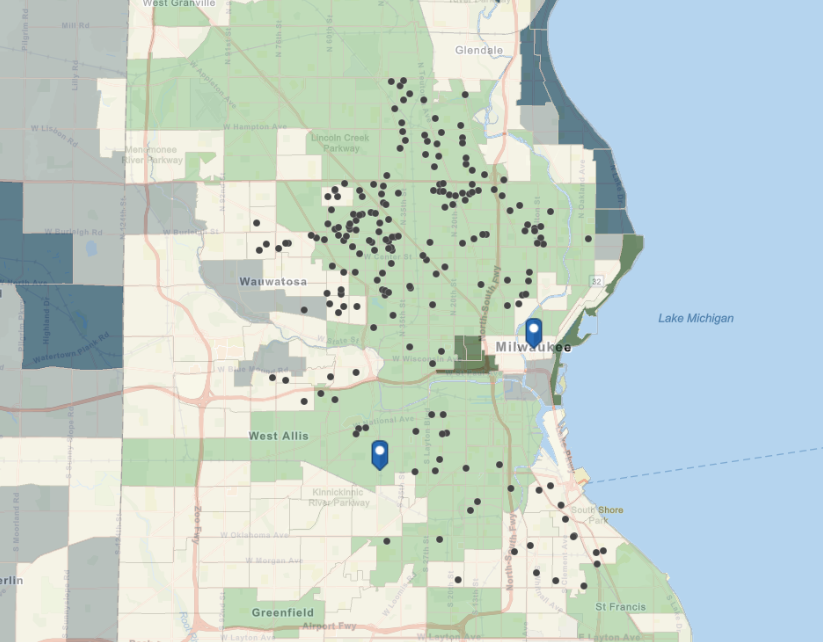
Water Exposure: Preventing Lead Poisoning
How to Know If Your Home Is Affected
If your residence was built before 1951, it is likely that your home is on a lead lateral. Inside your home, pipes and other plumbing fixtures might also be made of lead. When water sits in lead pipes for an extended period of time, lead dissolves in it and can be consumed through drinking.
As of January 2025, there are approximately 65,000 residential lead laterals in Milwaukee County. To find out if your home is affected, visit Milwaukee’s “Lead Service Line Inventory” database and search for your address. You can also call them at (414) 286-2830 to find out whether your home is on a lead lateral.
For more information, visit the City of Milwaukee’s Drinking Water Safety page.
How to Reduce Exposure
The first step to help keep children safe is to check if your home is on a lead lateral. If there is any construction occurring in your area, such as roadwork or building construction, it can often result in an increased amount of lead in the water supply for nearby homes due to the disturbance of lead-lined pipes.
If your home is affected, the city will often contact you and provide a water filter at no cost. You can always purchase you can purchase a NSF/ANSI-certified filter from the City of Milwaukee’s list of recommended filters, which range in price and start at $20-30.
If you’re a foster parent and discover your home is at risk, you can request a free filter from your licensing agency. If you are unable to get one from them, fill out our contact form or call us at (414) 344-1220. We can advocate for you and make sure your family gets a filter!
Along with using an effective lead filter, there are many other steps you can take to mitigate your family’s risk of lead poisoning via your water supply:
Kinship Families: 3 Ways to Keep Kids Safe
If you’re taking care of a young relative, especially one under the age of 6, you’re already doing a lot! You’re protecting them in so many ways, and another danger might feel overwhelming, especially if it’s been a while since you had a young child in your home. Here are a few easy steps you can take to make sure they’re safe from lead:
1. Have them tested for lead exposure at their annual doctor visit.
2. Look up your address in the lead service line database. If your residence is on a lead lateral, contact KIDS MATTER and request one of our free water filters (while supplies last).
3. Find out if your child is at risk of lead paint exposure as well:
- Own your home? Check the lead paint disclosure from when you bought your residence.
- Rent from someone? Ask your landlord to verify that there is no lead paint in your home.
- Still not sure? Check out the Wisconsin Lead-Safe Homes Program; contact them to see if your home is affected and eligible.
- Try running water on cold for a minimum of three minutes before using it for cooking or drinking. This is a great way to flush lead out of your home’s pipes and reduce your child’s exposure to lead.
- Similarly, be sure to drink and cook with cold water from the tap whenever possible. Hot tap water can dissolve lead more quickly than cold water, which increases the risk of lead consumption.
- If you believe your water may contain lead, you can inspect your faucet aerator and rinse out any debris at the end of your faucet. Milwaukee Water Works recommends cleaning the aerator on each faucet regularly to reduce lead particles and other harmful materials.
Lead Paint Exposure: The Wisconsin Lead-Safe Homes Program
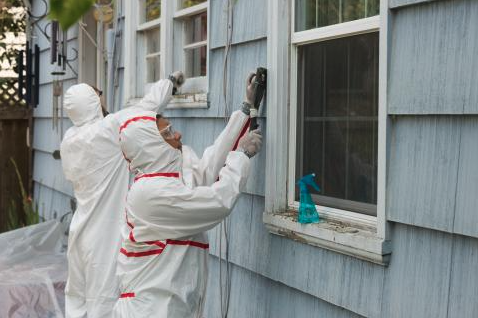
If you live in a home built before 1978 that has chipping or peeling paint, your children likely have a higher risk of lead poisoning from ingesting particles.
Fortunately, the Wisconsin Lead-Safe Homes Program can help. Through this program, DHS works with community groups to remove lead hazards from eligible homes.
To learn more about enrolling, call (608) 267-9191 or email [email protected].
Testing Your Children for Lead
Blood testing can detect lead exposure early on in life, which allows parents and caregivers to take key steps to protect their children’s health and development.
As of February 2025, DHS recommends that all children in Wisconsin get blood tests to check for lead. The City of Milwaukee recommends testing children at least three times before age 3 (at ages 12 months, 18 months, and 24 months). Updated guidance recommends additional testing at ages 3, 4, and 5.
According to the Milwaukee Health Department, the best place to get tested for lead is your child’s primary health provider. Lead tests are usually included in most insurance plans and are also available for free for kids enrolled in BadgerCare Plus, Wisconsin’s Medicaid program. For more information on lead testing, visit the Milwaukee Health Department’s website.
A Special Call to Protect Foster and Kinship Children
Foster and kinship youth are already a vulnerable population due to instability and past trauma. They may enter care with elevated lead levels, and they should not be exposed to additional risk.
Certain safeguards (like smoke detectors) have been recognized as absolute essentials for home safety when foster families are being licensed by the state, and mitigation of lead should be required as well. Despite the harmful effects of lead on young children that have been proven for decades, licensed placements are not asked to address the presence of lead in paint or water, and agencies have no responsibilities when it comes to educating caregivers about these effects. We believe this needs to change. If a child’s home is deemed unsafe enough for removal, it is important that their new home is not causing additional harm through lead exposure.
KIDS MATTER advocates for those who cannot yet stand up for themselves, and we are asking the community to raise awareness of a few essential steps to protect at-risk children:
1. All licensed foster homes—especially those taking in children under the age of 6—should be free from lead-poisoning dangers and have appropriate water filters if they are on lead laterals.
2. All foster and kinship youth on Child in Need of Protection or Services (CHIPS) orders should receive the appropriate lead screening as part of their routine health care.
3. State and local agencies should collaborate to make sure that foster and group homes know about funding programs that help them replace lead laterals and remove lead paint.
All children deserve to live in homes where they can grow and thrive. The state has taken the first step to identify danger and remove foster and kinship children from harm, but it doesn’t end there. We must make sure they are continually protected throughout their journeys, and these three steps will make progress toward keeping vulnerable children safe and healthy.

CASA Volunteers: 3 Ways You Can Help
- Look up your CASA child’s address to see whether their home uses lead laterals.
- Talk to your CASA supervisor to request a free lead filter from KIDS MATTER (while supplies last).
- Ask to see the lead testing records of any children ages 1-5 to check if their prior results are within the new 3.5 µg/dL threshold.
Acknowledgments and Resources

Thank you so much to CASA volunteer Sarah Matuzak, who created our maps by researching more than 400 Milwaukee County foster homes to discover which were affected by lead laterals. Sarah is currently pursuing her Ph.D. in nursing; learn more about her advocacy for children here.
For more information about lead exposure, visit:
Updated February 2025



